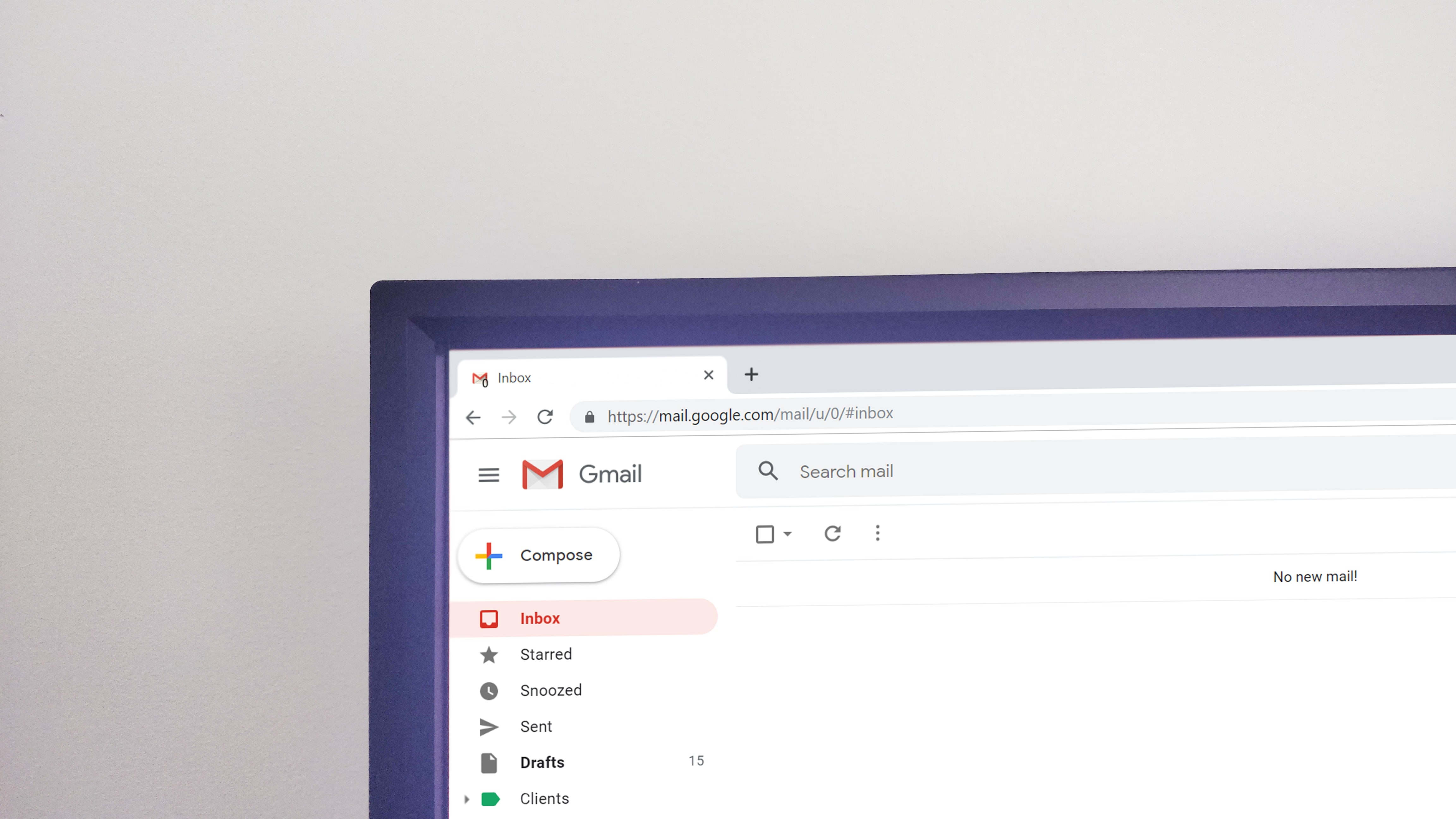Email newsletters are a great way to educate your customers about your brand, but there are some newsletter mistakes you need to be aware of!
Every good marketer knows that establishing a loyal customer base is a great way to grow your brand cost-effectively. It’s exponentially cheaper to turn a one-off customer into a repeat customer than to gain a new one-off customer. There are many ways to build that loyal audience, and a business newsletter is a great way to speak to your most loyal customers. A good business newsletter is a great medium for delivering product updates, advertising new specials, celebrating business wins, and highlighting exceptional staff.
While most businesses aren’t writing business newsletters and should, this blog is for businesses writing and distributing a newsletter now and looking to avoid common newsletter mistakes. Writing a newsletter can be tough, so the more advice you can get, the better. A good business newsletter requires knowing your audience and nailing your brand voice, which is harder than it sounds.
Per that, to help guide you through your email newsletter, we assembled our content team’s thoughts on common business newsletter mistakes.
Business Newsletter Mistake 1: Getting Too Technical
Email newsletters are a great way to promote new pieces of content on your website, share industry news, and prime your audience for new product releases. However, it is important to remember that your readers likely aren’t experts in your industry. Remember, they depend on you to be the expert for them. We recommend sharing industry news and explaining its impact on your business, but we would encourage you to keep it comprehensible. Your readers want to be informed and understand your thoughts on your industry. Still, they don’t need to dive into the more granular elements of macroeconomic conditions, industry controversies, and product development.
Now, if you are a Business-to-Business company, you have more leeway to use a little more jargon than you would if you were marketing to consumers directly. Your target audience, if you’re trying to reach a business decision-maker audience, is likely to be more educated on the nuances of your industry and willing to learn more about your brand’s context. Still, we would recommend keeping your newsletter a little more conversational. If you want to take a more technical tone, we recommend linking your newsletter to a whitepaper or case study on your website. That’s likely the best way to highlight your industry expertise without leaving your audience behind.
Business Newsletter Mistake 2: Choosing The Wrong Cadence
This email newsletter mistake is pretty easy to make. Open rates will often stay below 50%, no matter how relevant any one email is, so a lot of marketers start thinking of email marketing as a volume game. If you see a 30% open rate on every email, why not send the newsletter out more frequently to ensure more eyes read your content?
However, this approach can backfire. The more emails you send, the higher probability that your readership decides to unsubscribe. That’s not a good outcome for your business newsletter.
The inverse can also happen. Since it requires time, planning, and attention to detail to send out a great email newsletter, some small businesses can find it easier to send out email newsletters only once a half. That’s not much better than the weekly email, in our experience. We typically recommend at least a quarterly cadence for an email newsletter but monthly can be better for certain industries and brands.
Regardless of which cadence you decide to follow, be sure to stick with it. Nothing will drop your readership as quickly as haphazardly sending out email newsletters when you have the time. It’s better to send them out quarterly, if that gives you the time to plan, research and write than to send out subpar emails on no set cadence.
Business Newsletter Mistake 3: Being Too Topical
You’re writing a newsletter, so it makes sense that you should incorporate current news, right?
Well, not exactly. Yes, you should incorporate industry-related news and educate your readership about new happenings with your brand. This is a great way to share content with your audience. However, be cautious that you don’t write a newsletter that ONLY tries to connect to current events.
If you’re writing about impactful changes in industry regulation, process, or product offerings, staying topical isn’t a bad use of space. But sometimes, business newsletters only include information about the latest fad on social media, recipes for the changing seasons, or well-wishes for specific holidays.
We get it. Sometimes, you’re on a deadline and need to fill space. Still, be wary of using seasonal or topical content to use all of the digital pages. If your readership wanted a recipe for Christmas cookies, they’d consult a baking blog, not your newsletter.
Now, we highly recommend incorporating some degree of tradition in your email newsletter. We love seeing staff birthdays and work anniversaries highlighted in business newsletters since these sorts of moments help humanize your brand to your customer and promote a sense of loyalty. Develop your own sense of tradition for optimal results; just be sure your traditions are relevant to your customer base.
Business Newsletter Mistake 4: Making Your Newsletter A Sales Pitch
We get it. You’re busy and want to maximize your outreach to existing customers. There is nothing wrong with that. However, if you fall into the bad habit of viewing your business newsletter as solely a chance to upsell or promote new offerings, your readers may start unsubscribing.
These readers know your brand and likely have already purchased from you. They opened your email newsletter to stay updated on the industry and your business, not feel like they just walked onto a used-car lot, complete with a pushy salesperson. Now, if you are offering a new product, we definitely recommend promoting that product via email. It shouldn’t be tangled up with news updates if it’s important enough to warrant an announcement. We recommend sending out a promotional email separate from your newsletter. Let the newsletter be about your brand, not your sales pitch
Business Newsletter Mistake 5: Failing To Segment
Email marketing is a great medium for newsletters, although printed newsletters can work for some brands. But good email marketing requires a wide net of email addresses since only 40%-50% of recipients will open any email. Per that, brands sometimes fall into the trap of throwing every email address they have onto a contacts list.
That can often be a mistake. The best use of a business newsletter is to grow and develop a loyal and excited customer base, the most excited and engaged people who have ever purchased from your business. Sending out a generic business newsletter to every email you have is likely to fail at reaching that objective.
We recommend pruning your customer list down to as core of a group as possible. Depending on how many email addresses you have, you could even create multiple customer remarketing campaigns. For instance, you could send general product announcements via email to all of your contact lists, send a quarterly newsletter to a smaller subsect and then deliver a “Rewards Club” email to an even smaller subsect. Regardless of how you segment your audience, just be sure you deliver email content your reader will be interested in. This is a key marketing rule to keep in general: the more targeted your content is, the better.
Take Your Email Marketing To The Next Level With JSL
We mentioned previously that print newsletters could be effective for some brands, but email is the best vector. In our experience as a digital marketing agency, email marketing is the most cost-effective, labor-efficient, and targeted way to reach existing customers. If you’re a small business that often sells to existing customers, you must use email marketing, no ifs, ands, or buts.
However, small businesses often struggle with getting email marketing down pat. Email marketing requires technical savvy, marketing experience, and design skills to really be done right. If you’re busy managing your business, that can be unrealistic. That’s where JSL Marketing & Web Design, your premier email marketing agency, enters the picture.
Depending on your specific needs, we can work with you to develop….
- Automated Email Campaigns
- Targeted Email Blasts
- Segmented Customer Lists
- Digital Graphics
- Content Promotion Strategies
- & More!
Fill Out The Form Below To Begin Your Email Marketing Planning!






 The
The